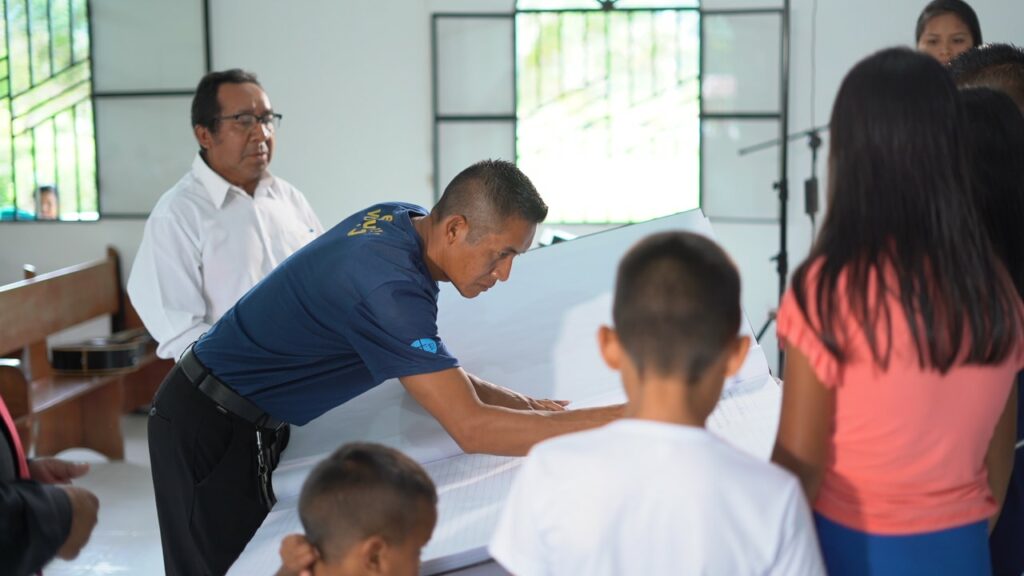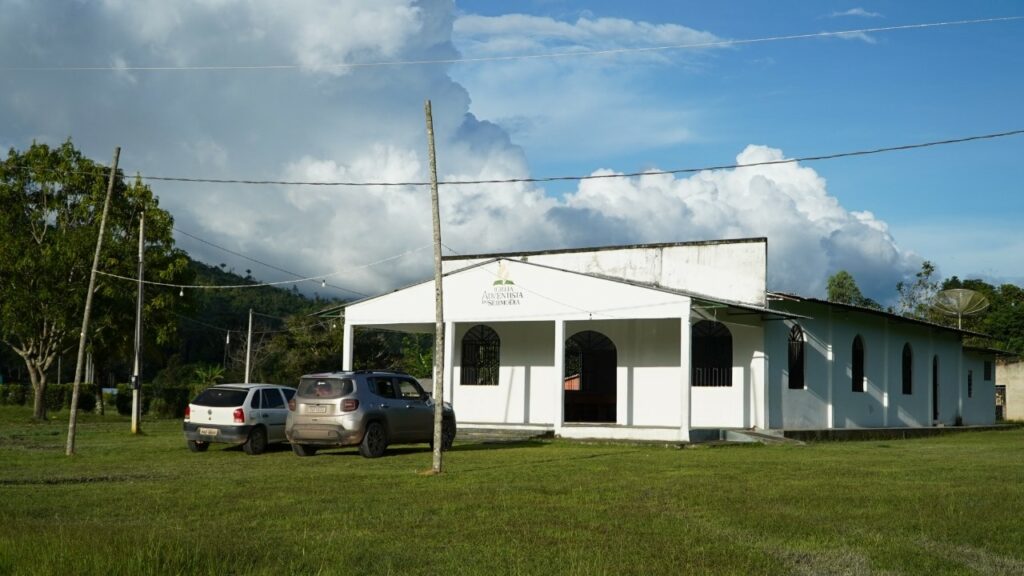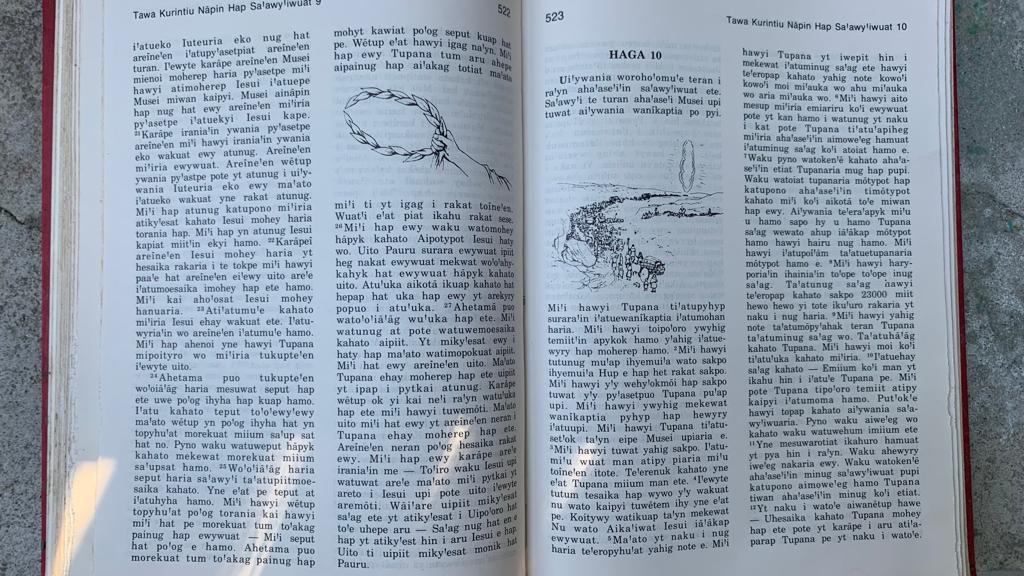Adventists Help Amazon Natives to Keep their Traditions
Indigenous communities are thankful they can worship God according to their customs.
August 21, 2022 | Jackeline Farah, South American Division, and Adventist Review
Brazil’s northern region is home to the largest indigenous communities in the country. More than 400,000 people of various native ethnicities live there.
According to the last census of the Brazilian Institute of Geography and Statistics (IBGE) conducted in 2010, in the Amazon alone there are more than 180,000 indigenous residents, 56,000 of them in the state of Roraima. Those who have left home for the cities find it difficult to keep their traditions.
In Brazil’s most populous cities, the skyscrapers, mobile phones, and frantic pace of contemporary life affect those who want to keep their traditions. Often, their language and culture are swallowed up and finally disappear. This is what many who have left their ancestral lands can attest.
Members of the Satere Mawe tribe went to live in the northern city of Manaus almost 70 years ago, when the capital city of the state of Amazonas still had many green areas. According to Tuxaua Nilson Ferreira de Souza, 40, living in the city has become increasingly difficult.

Indigenous residents in Sorocaima, Roraima, Brazil, participate in the translation of the Bible into Taurepang. [Photo: South American Division News]
Even in the face of such radical changes, many of them have managed to keep their traditional dances, gatherings, and dialects. In partnership with the Manaus Department of Education, they were assigned a teacher who can teach the Satere Mawe language to children. “If our children do not learn to speak Satere and perform our rituals, our culture will be lost,” de Souza said. “We asked for help, and thank Tupã [God], we were assigned this teacher.”
Currently, the community includes 12 families, for a total of 46 residents.

Adventist church in the community of Sorocaima in Pacaraima, Roraima, Brazil. [Photo: South American Division News]
Rituals and customs are kept thanks to the efforts of the tribal elders. “We have changed the way we build our houses, but we will not allow our roots to be lost. Our children learn our language every day to keep our history alive,” Pinto Flores said.
Things in Common

Tuxaua Nilson showing the new houses for the community. [Photo: South American Division News]
In Manaus, the Bible translated into Satere is helping them to keep their language alive. In Sorocaima, the dream of having the Bible translated to Taurepang is moving steadily forward. A group of residents is producing a handwritten copy of the Bible in their language. In both places, there are baptized Seventh-day Adventists who worship God in their own language and follow their customs.

A copy of the Bible in the Satere Mawe language. [Photo: South American Division News]
The original version of this story was posted on the South American Division Portuguese-language news site.